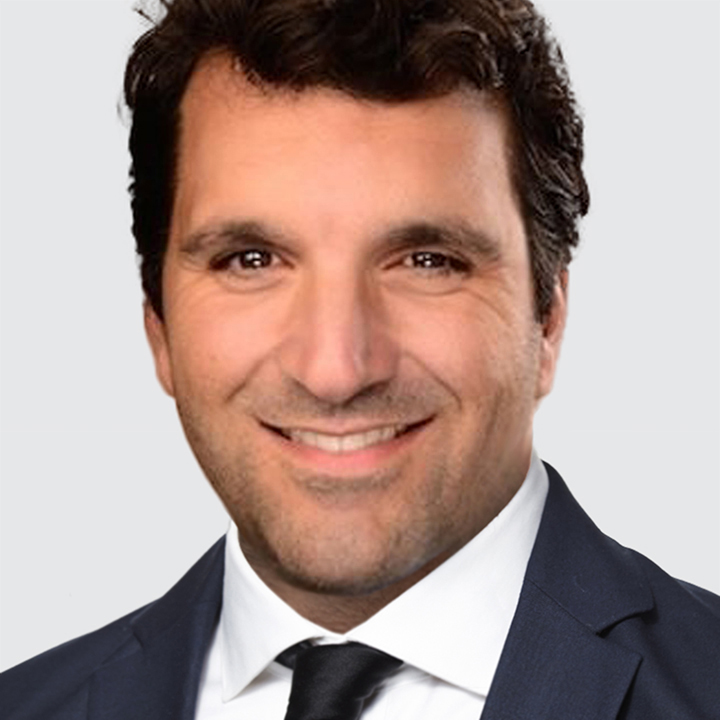US
USD keeps charging across the majors, closing-in on the upper bound of its range dating back to June. We’re still flying blind amid the ongoing US government shutdown, with key economic data releases on hold and visibility on the economy sharply reduced.
As such, USD gains largely reflect external headwinds (France’s political crisis, Japan’s ruling LDP leadership election results) rather than a more favorable US fundamental backdrop. That suggests USD is prone to sharp pullback as soon as global conditions normalize.
The FOMC September 17-18 meeting minutes offered some context behind the “risk-management cut.” Participants are generally more concerned about the labor market while inflation risks are still front of mind. The hawkish surprise from the minutes is that “A few participants stated there was merit in keeping the federal funds rate unchanged at this meeting or that they could have supported such a decision.”
More importantly, “most judged that it likely would be appropriate to ease policy further over the remainder of this year.” Indeed, the FOMC 2025 median fed funds rate projection implies two more 25bps rate reduction by year-end to a target range of 3.50-3.75% (3.625%) which is in line with futures pricing.
In our view, the risk is the Fed turns more dovish by the December 9-10 FOMC meeting because restrictive monetary policy can worsen the employment backdrop and upside risks to inflation are not materializing. Bottom line: USD downtrend is intact.
Fed Chair Jay Powell delivers pre-recorded welcoming remarks today (1:30pm London, 8:30am New York). There’s no Q&A. Fed Vice Chair for Supervision Michelle Bowman speaks shortly after Powell.
EUROZONE
The ECB’s Account of the September 10-11 policy meeting is published today (12:30pm London, 7:30am New York). At that meeting, the ECB left the policy rate steady at 2.00% for a third consecutive meeting (widely expected) and signaled that monetary policy settings remain in a “good place.” The ECB stressed that risks to the economic outlook are now balanced rather than to the downside and implied greater confidence that inflation is stabilizing around its 2% target.
The swaps market continues to price-in about 50% odds that the ECB delivers one more 25bps cut in the next 12 months and the policy rate to bottom at 1.75%. We think the ECB is done easing. Meanwhile, futures fully price-in 100bps of Fed funds rate cut over the next 12 months. The risk is the Fed eases more because the US employment backdrop is increasingly fragile. Bottom line: relative ECB/Fed policy stance underpins the uptrend in EUR/USD.
France’s political crisis is on a fragile stability path. French President Emmanuel Macron said he’ll name a new prime minister by Friday evening. A statement by the Elysee presidential office noted that “A majority of deputies oppose dissolution (of parliament); a platform for stability exists; a path is possible to adopt a budget by December 31.” French bonds and stocks are posting modest gains.
PHILIPPINE
PHP underperforms across the board. Philippine central bank (BSP) unexpectedly cut the policy rate 25bps to 4.75% and signaled more easing in the pipeline. Only 7 of 26 analysts polled by Bloomberg penciled-in a cut, the rest anticipated BSP to stand pat. The BSP statement stressed “The favorable inflation outlook and moderating domestic demand provide room to further support economic activity.” The swaps market is pricing in 25bps easing over the next 12 months. Still, positive real rates limit PHP downside.
PERU
Peru central bank (BCRP) is widely expected to keep the policy rate at 4.25% (midnight London, 7:00pm New York). At the last September 12 meeting, BCRP cut rates 25bps to 4.25% after three straight holds and emphasized “the interest rate is very close to the level estimated as neutral”. This suggests the bar for additional easing is high, especially given that core CPI inflation is near the middle of the bank’s 1 to 3% target range.

